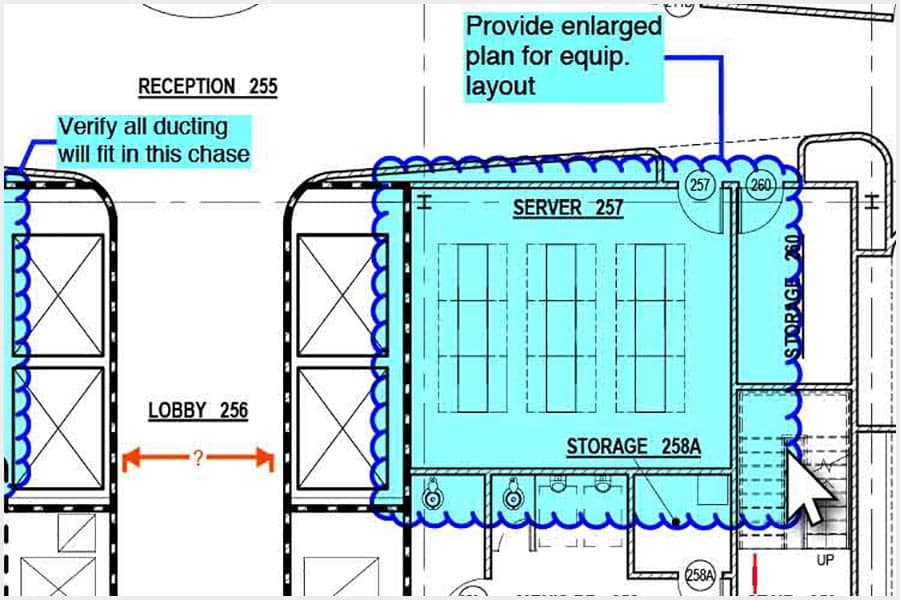Using data to drive decision-making within the design and construction industry is not a new concept. However, the tools and abilities to find and mine intricate data have increased, thanks to the industry’s digital transformation.
“Everyone is capturing data in some way,” said Turner Construction engineer Katie Wood. “Even if you think you aren’t, you are, because even keeping a notebook means that you are capturing data. But maybe you should consider using digital tools, because going digital will allow you to build automated insights.”
How to find empowerment through data
Digital tools like the ones found in Bluebeam Revu and Studio allow project stakeholders to make customizable markups for design review, RFIs and submittals, with comments streaming in live collaborative sessions. Oftentimes, these markups can yield valuable insights for project teams with real-time interactions.
“You might be capturing this data in Bluebeam Revu, but are you building insights by metricizing that data?” asked Wood. “The purpose of creating these markups is to clarify information. However, we don’t help ourselves, our trade partners or our client if we’re not successfully sharing that PDF markup information that’s teaching us how we build. The challenge here is to find a way to share not only information, but also insight with our trade partners and clients.”

When it comes to capturing data from the jobsite, Wood encourages a different approach that requires thinking outside of the box and taking initiative to find new ways of sharing important project information. What used to be logged as logistical comments, coordination communications and review markups can now be monitored in different ways to be even more helpful.
By taking deeper dives into these project comments, logistics scenarios and workflows within the digital space, firms can create data that can lead to better collaborative decision-making. The real-time aspect of digital collaboration within Bluebeam Studio also ensures that the data is relevant during capture and can be used by all project partners to drive efficiency and cohesion.
Creating standardized data to feed into BI platforms
While digital markups and other tools have their premier or signature applications, Wood believes the mentality shift of understanding that they can be valuable in other ways is vital to getting data on levels never before achieved on the jobsite. Using digital tools can also lead to the standardization of processes, which can help to foster increased efficiencies and collaboration.
For example, creating standardized toolsets in Revu to be used on a project is one way to incorporate standardization.
“I believe standardization is the key for sharing information across teams. That way, you’re not re-creating the wheel every time you’re going from job to job, especially when you’re within the same district or business unit,” Wood said. “Every second saved not having to explain the work you’ve done in marking up a document is time that can be focused on real project operations. When you’ve achieved that level of standardization so that you can simply hand over your comments or your markups and, instantly, someone else can consume that data—that’s huge.”
Knowing what types of metrics to gather requires an understanding of project goals and processes, but even that can be a daunting task. With everything moving a mile a minute out on the jobsite, automation can be vital to allowing data to be measured throughout the project lifecycle.
“That’s where integrating Revu’s PDF markup data with business intelligence programs is a beautiful combination,” Wood said, adding that each markup in Revu can contain embedded data that feeds information to a business-intelligence application. “Just from the starting point of being able to create these markups in a very user-friendly and understandable interface, and then taking that information and automating it in some form of business intelligence, you’re saving time and the decisions can be made faster. The return on investment is exponential. There are endless possibilities for the insight one can glean when you measure and metricize PDF data.”













